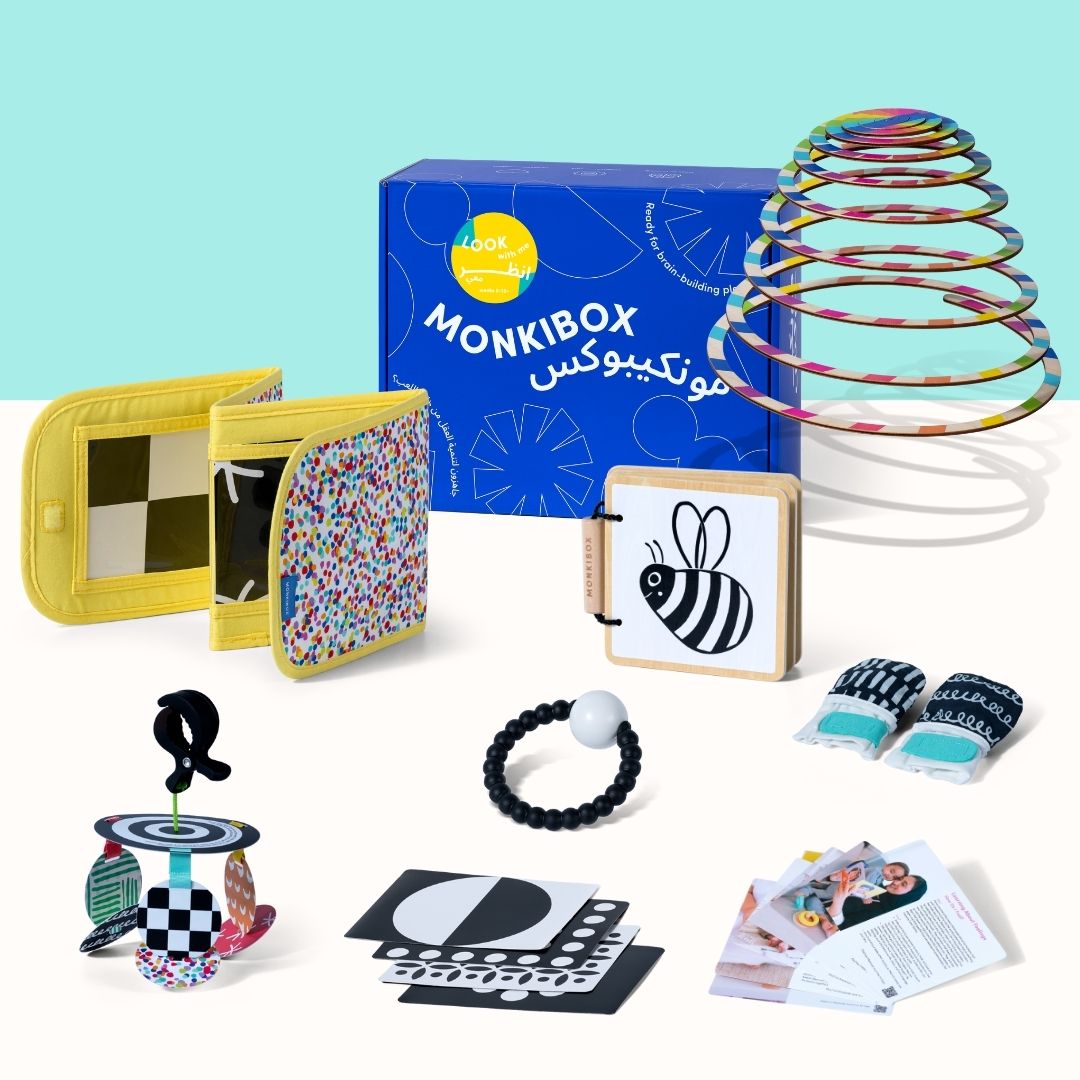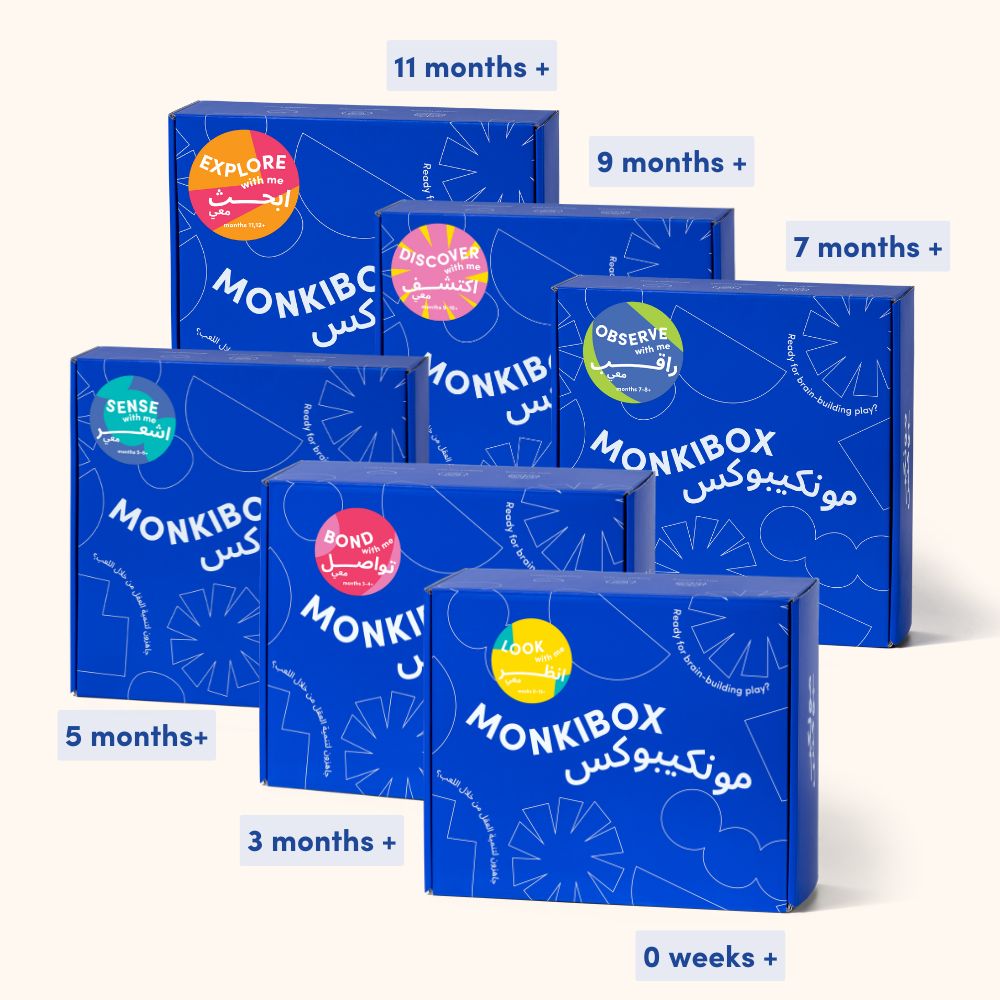Teaching your toddler about colors is a fundamental part of their early learning experience. Surprisingly, the way you introduce colors can significantly impact their ability to recognize and name them. Recent research suggests that the order in which you say the words makes a difference in how quickly and effectively your child learns colors.
1. Reverse the Order of Words
While it’s common to say, “Look at the orange cat,” research from Stanford suggests that reversing the order—“The cat is orange”—can help your toddler grasp color concepts more effectively. This approach helps children understand that objects have attributes, such as color, rather than seeing color as an isolated characteristic.
2. Match Colors to Objects
Around two and a half years old, toddlers typically start to match colors. Encourage this skill by pointing out colors in their environment and associating them with familiar objects, like “the red apple” or “the blue sky.” This helps them connect the color to the object, reinforcing their understanding.
3. Use Color in Everyday Conversations
Incorporate color names into your daily conversations. For instance, when playing, you might say, “Can you find the green block?” or “Let’s wear the yellow shirt today.” This repetition helps solidify their knowledge and makes color recognition a natural part of their learning process.
4. Color Sorting Activities
Engage your toddler in color sorting activities. You can use colored blocks, buttons, or toys and ask them to group items by color. This hands-on approach helps them distinguish between different colors and reinforces their learning through play.
5. Introduce Color Through Art
Art activities, such as coloring, painting, or using colored playdough, are excellent ways to teach colors. Encourage your toddler to use different colors and name them as they create their masterpiece. This not only enhances their color recognition but also boosts creativity.
Teaching your toddler about colors is a fun and essential part of their development. By adjusting the way you introduce colors and incorporating them into everyday activities, you can help your child quickly grasp this important concept. Remember, the key is to make learning about colors a natural and enjoyable experience, setting the foundation for more advanced learning in the future.





